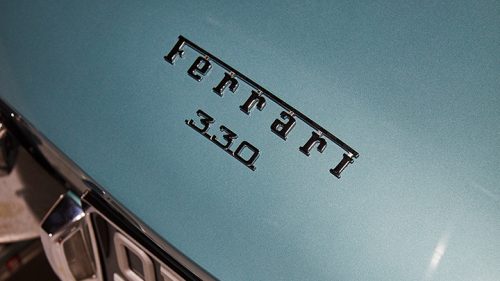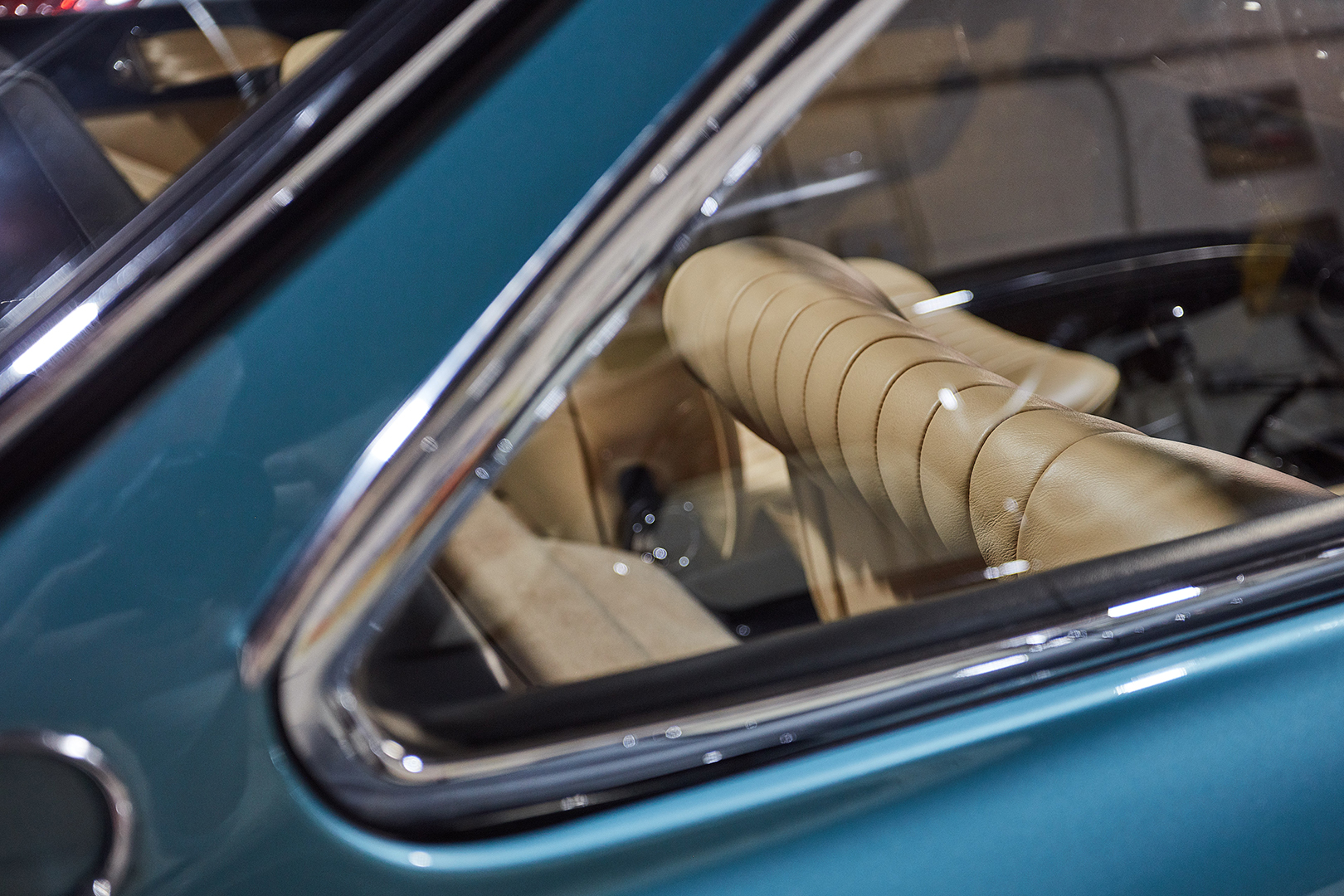
The hand-finished coach lines of the body panels, flowing lines from the front bumper to the rear bumper. Pop the bonnet and be treated with beautiful, mechanical simplicity, cutting edge in its time.
Reach for the door handle and open the door to reveal yet more artistry, the different materials, all working in unison, taking the emotional level up another gear.
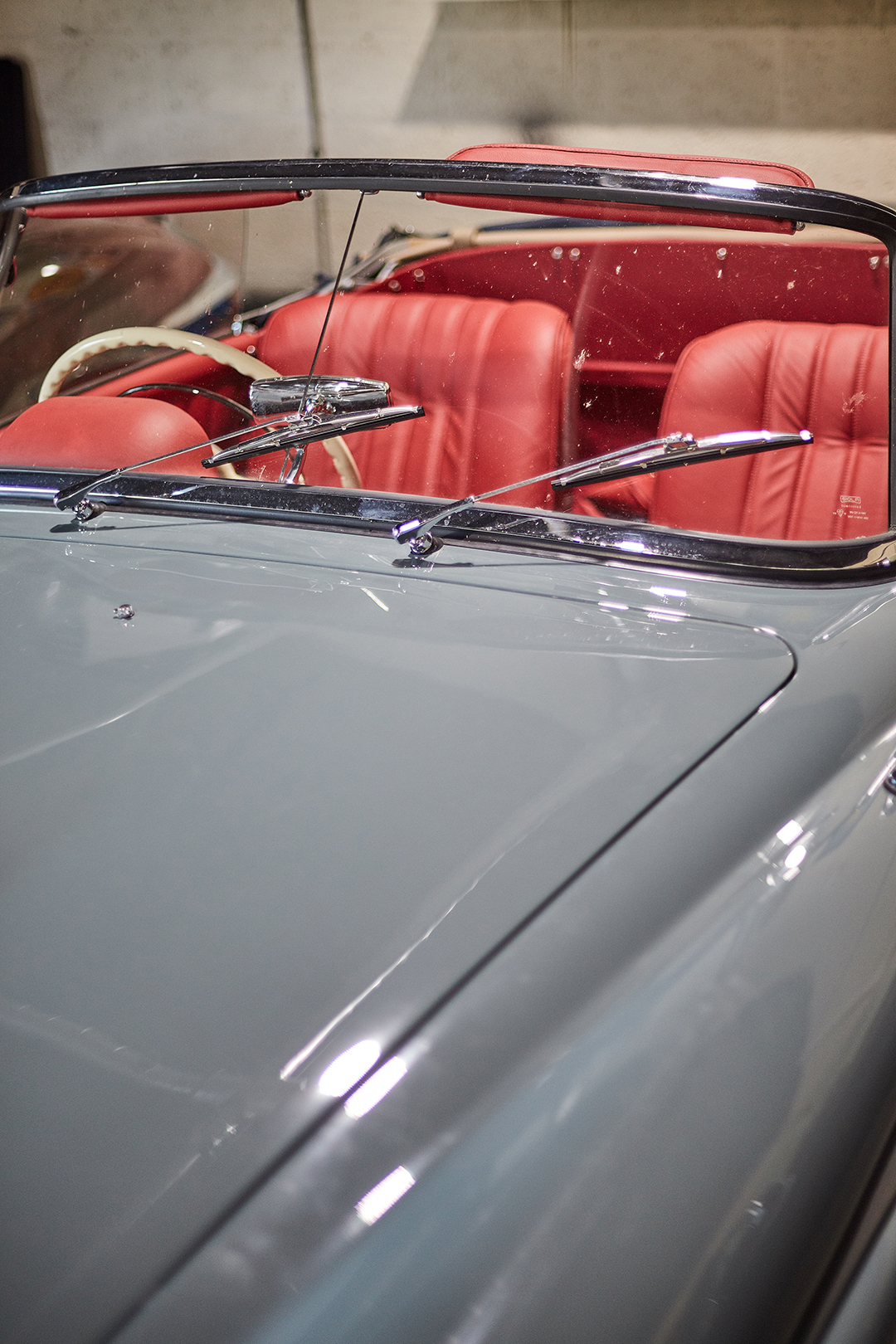
Taking care of timeless luxury
Inside, the leather seats, the wooden inlays, the chrome surrounds of the various clocks and dials form the complete dashboard. All with a specific purpose, packaged in simply stunning, hand-finished natural materials.
All of these materials will be affected by humidity; unlike humans, who are relatively unaware and unaffected by humidity, these materials are constantly trying to align their moisture content with their environment.
Car interiors have several materials which are highly susceptible to changes in humidity: electrical components, steel materials, vinyl, fabric, leather and wood.
A car with excess moisture inside the cabin will most likely have foggy windows, musty smells and evidence of damp. Interior moisture can also freeze on the inside of windows during deep winter freezes.
Contact us for a quote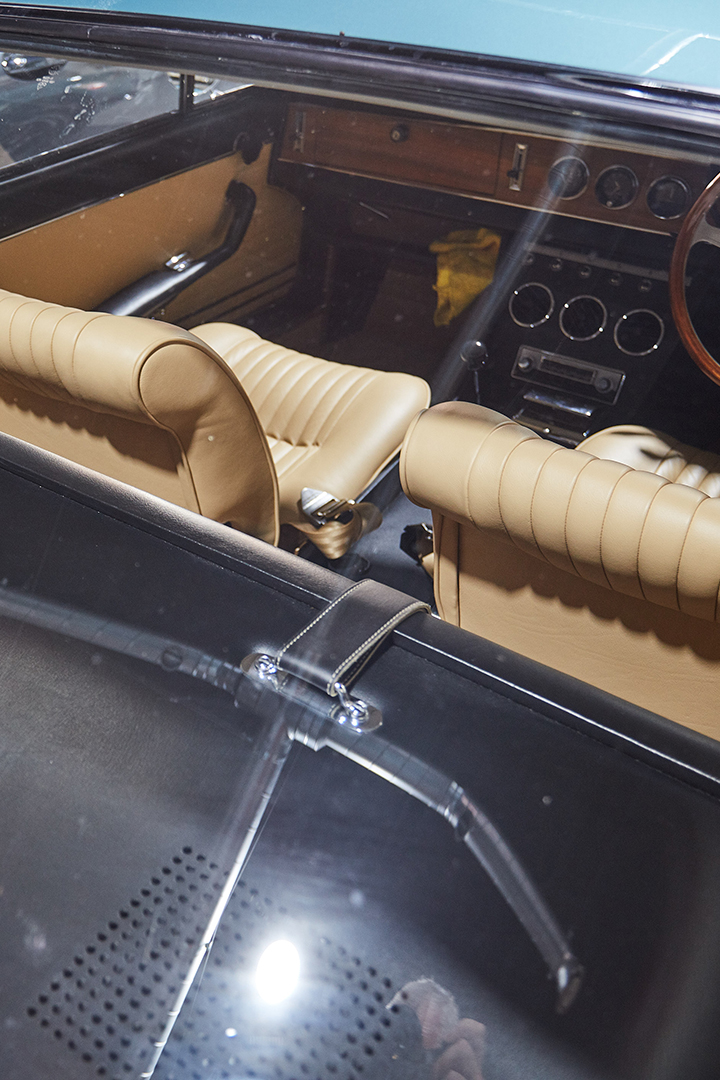
Signs of a moisture
Other signs of a moisture problem may include:
- Damp-feeling seats and carpet
- Sharp or musty smell
- Mildew or mould forming on carpets and seats
- Electronic issues
- Rust and corrosion of metal components
- A sticky feeling to the touch on the wheel and dash
Moisture from the air in a car interior creates a damp environment in the vehicle. Over time, this could also cause problems with the electrics in the car. If left untreated, condensation can even lead to instances of mould growing.
Mould affects the quality of the air and, when inhaled, can adversely affect your breathing. Something as simple as driving to work in an environment where mould is present could have a very harmful impact on your health – not to mention the deterioration of your vehicle.
Contact us for a quoteLooking after leather
Leather is a porous surface, which promotes the trapping of water. Over long periods, mould and other bacteria can form in deep pores that can’t be cleaned out without a deep scrub, damaging the seat. Leaving leather in humid conditions for extended periods will wear it out faster, resulting in stress marks on the surface of the seat.
Low humidity can prove equally as damaging to leather. Low moisture — or dry air — will cause the leather to dry out and crack. Again, this is because the dry air absorbs moisture from anything it can, including leather.
It may feel rough at first, and if exposed to dry air for long enough, the leather will crack open.
Materials in humidity
The moisture content of all wood constantly changes in response to relative humidity. When the air is humid, the wood absorbs moisture and swells. When the air is dry, wood loses moisture and shrinks. Excessive shrinking or swelling can affect the look of the wood or possibly cause cracks or splitting.
Vinyl is more resistant to water than leather, but it’s still not invincible. This material tends to crack easily over time. Sometimes the damage is visible, while other times, it’s hidden along seams or at the seat’s base.
When cracks are present, moisture can wreak havoc on the seat’s life and become breeding grounds for bacteria.
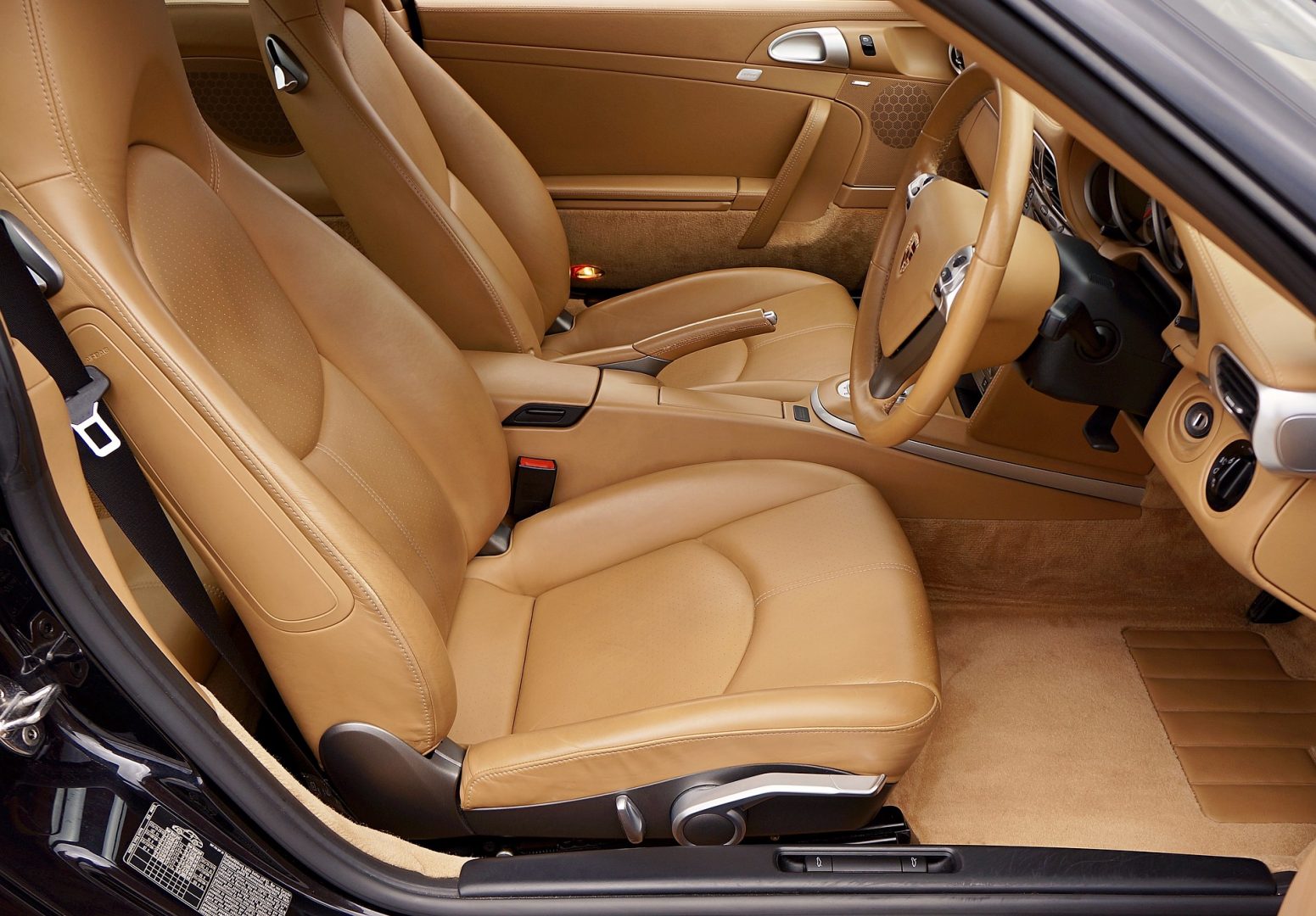
Protecting your classic cars interior
The best environment for these precious pieces of craftsmanship would have a relative humidity of 30% to 50%. Even if it’s a garage, housing your car under a cover cannot control the water vapour in the surrounding air. These materials will constantly be trying to adapt to the surrounding humidity and will not be effective in protecting your cars interior.



